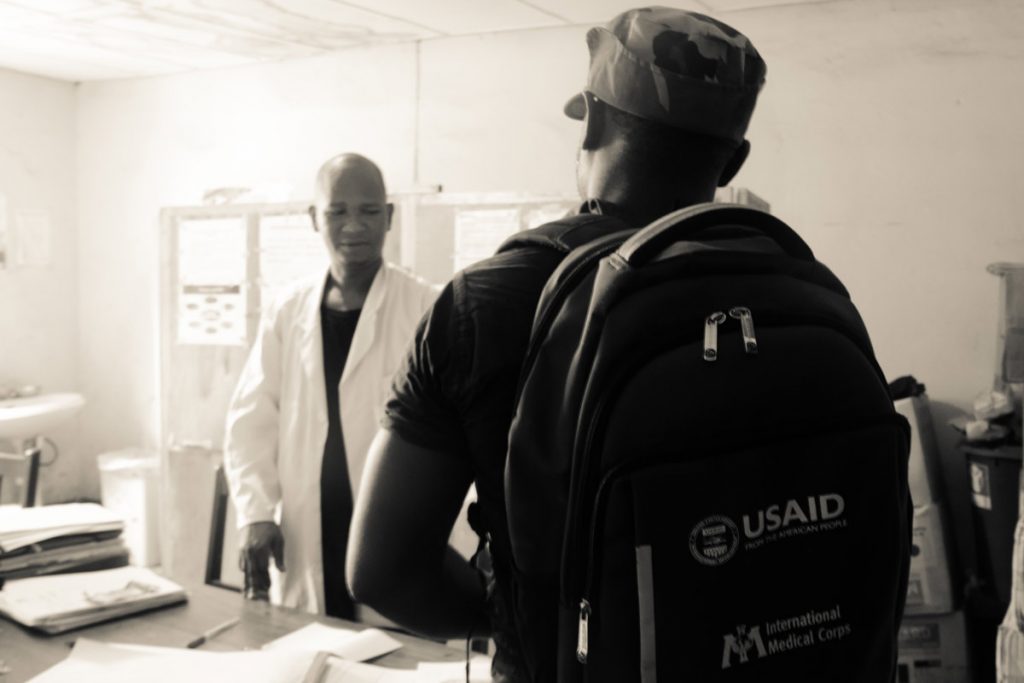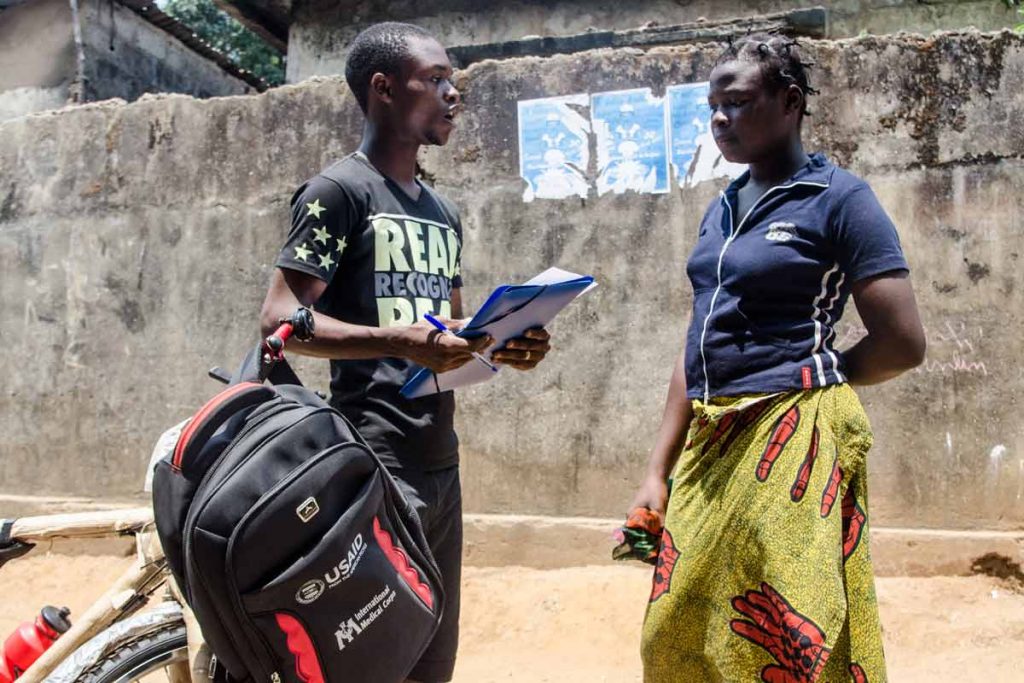Imagine a country where cholera breaks out every year, where over 50 out of 1,000 people get malaria, and where health facilities are so poorly equipped that pregnant women have to bring their own delivery kits to the maternity ward.
Then, Ebola hits.
The outbreak produced 3,351 confirmed cases—2,083 of which resulted in death. The epidemic ended in late 2015, but two new cases reported in the south of the country earlier this year and small flare-ups are expected for some time. Despite this, many reporters would doubt that anything about the post-Ebola context is newsworthy.
But in fact, the Ebola crisis is composed of 11.8 million stories. Each person living in remote areas of Guinea has their own Ebola story. In N’Zérékoré, Coyah, Dubreka, and Kindia, entire villages were decimated by the virus. In Guekedou, Macenta, and Kissidougou, numerous survivors lost their livelihoods and are now unable to rebound due to financial and health-related reasons. Without support, these communities will remain vulnerable to another Ebola outbreak.
Through a consortium partnership with Plan International, Première Urgence Internationale, and ALIMA, International Medical Corps is helping train 4,813 community health workers and staff of 99 health facilities in community surveillance of five deadly epidemic diseases.
Community health workers learn to identify symptoms of meningitis, cholera, measles, and yellow fever, in addition to those that are related to Ebola. They forward these alerts as well of notifications of all deaths in their environment to health facility staff who immediately follow up on each suspected or probable case in the community.

Additionally, project partners are also equipping community health workers and health facilities with the necessary materials to improve information flow and data management. For instance, supported health centers will transition from a paper-based to an electronic system that will enable long-term storage of large databases and reduce the risk of data loss. One of the reasons why Guinea experienced such a devastating epidemic was a weak data management system that prevented alerts from being forwarded from communities to health centers–the ultimate purpose being to create information that is quickly and easily understood, integrated, and acted upon at community level.
All these activities help keep Ebola at bay and lay the groundwork for fighting other epidemic diseases while raising the population’s awareness of prevention methods and health-seeking behaviors. “When Ebola first appeared, we didn’t know what was happening with our community health wise,” said Dr. Salimatou, the General Manager of Hafia Community Center in Conakry. “At present, community health workers inform us immediately of any health-related events. They also refer all suspected cases of illness to our health center, they write reports, and tell us what is happening on the ground.”

The Manager of Hafia Health Center in Conakry is now able to easily forward alerts to the prefectural and regional level thanks to the equipment provided by International Medical Corps. The weak health information system in Guinea was one of the main reasons why Ebola could not be properly addressed at the onset of the outbreak. Photo credit: Laura Stana
Furthermore, Dr. Salimatou underlines that the solar panels, computers, and cellular phones donated by International Medical Corps enable health workers to update epidemiological records and reports much more efficiently than before the project. Like Dr. Salimatou, health facility staff benefitting from this project recognize the enormous preparedness and response capacity that the distribution of equipment coupled with specific trainings has generated in vulnerable communities across Guinea.
This in turn will considerably lower the probability of Ebola reaching unprecedented proportions in the event of resurgence. International Medical Corps has been working actively in constructing adequate infrastructure and providing equipment to eradicate the disease and scale up its intervention in case Ebola resurfaces in Guinea.
“International Medical Corps has brought about many changes,” said Dr. Salimatou. “Community surveillance is a very successful project in our area. We left the epidemic behind. We would not want it to return, but if it does, it will not have the devastating impact it had in the past, when lack of surveillance substantially increased the Ebola caseload.”
Now, Guinea has an answer to Ebola, and can address any flare-up fast from the onset.
On the other side of the spectrum, where Ebola still looms over overcrowded neighborhoods and villages throughout the country–if not physically, at least in the collective consciousness of the Guinean people–International Medical Corps proactively engages a variety of actors to circulate messages that encourage health-seeking behaviors.

“Everyone knows us in the community and heeds our advice,” said Mohammed Lamin Saneh, a community health worker supported by International Medical Corps. “There is no more Ebola in-country and all large epidemics have been eradicated.”
In his eyes, International Medical Corps has been instrumental in driving this change by integrating best health and hygiene practices into the everyday life of his community: “We now understand Ebola,” he said. “We are aware of the prevention methods that we can apply to keep our families safe. Even in my family, anyone who falls sick will immediately go to the health center.”
Over the next five months, the community surveillance project led by International Medical Corps will be rolled out across nine prefectures, reaching 3.2 million people whose stories will be rewritten to keep Guinea Ebola-free.
